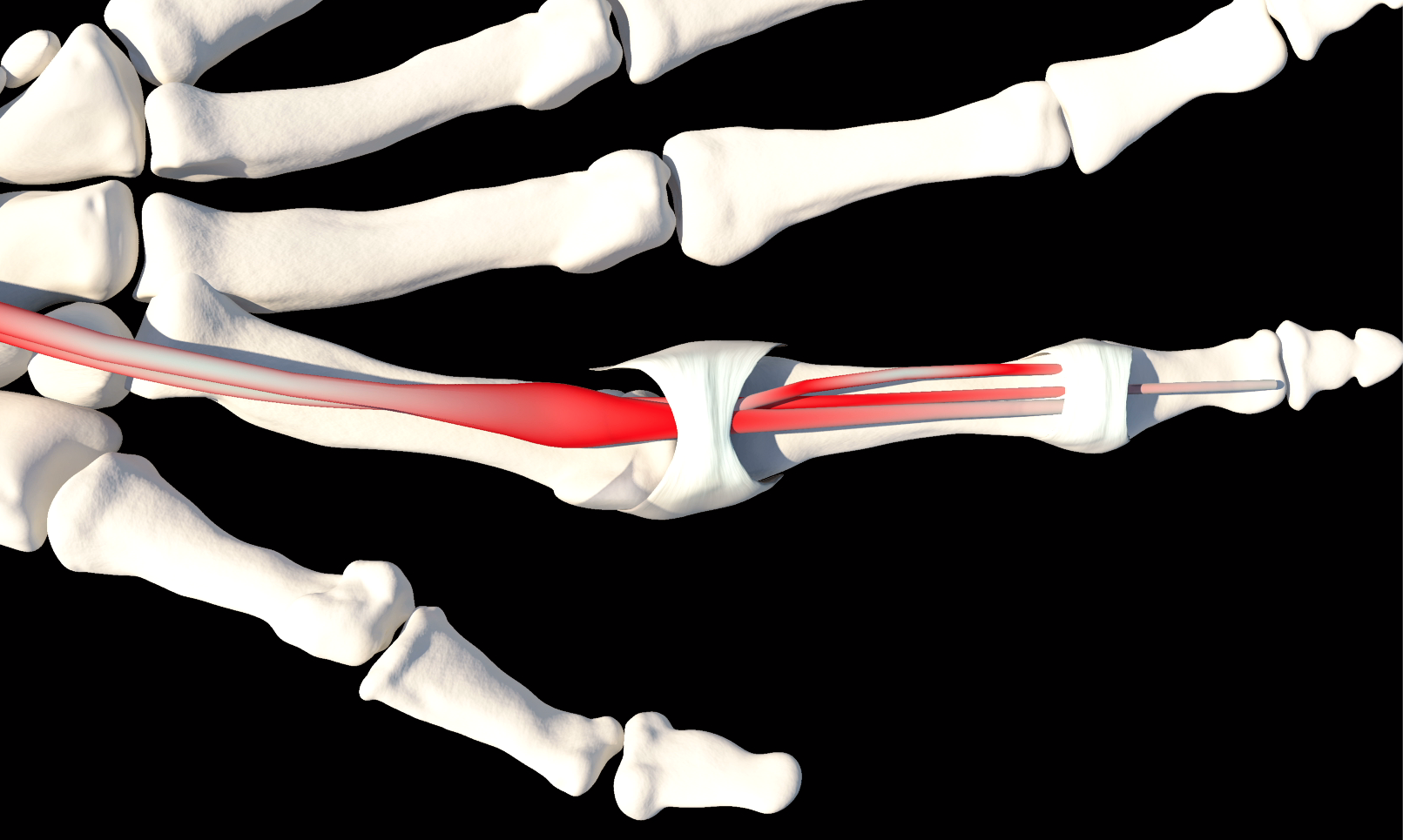
October 21, 2020 at 2:32 pm · drsahai · 0 comments
What to Expect with Trigger Finger Surgery
Trigger finger (AKA stenosing tenosynovitis) causes a curled finger position. It hurts when your hand is in use and when also it is not. Additionally, buttoning clothes and grabbing a coffee mug can be a challenge. Therefore, for some people, trigger finger surgery is necessary. But, who is a candidate?
There are surgical procedures that can help trigger finger. First, the goal is to increase the space for the flexor tendon. And this is activated by muscles that pull on the finger bones. Therefore, enabling flexing and bending motions. However, surgery can help straighten the curled bones.
When conservative treatment has failed, surgical options are necessary. In fact, you may also be a candidate if symptoms are severe enough. Non-surgical treatments are as follows:
- Rest for a few weeks.
- Do not perform activities with repetitive motion.
- Take over-the-counter NSAIDs for pain and swelling.
- Wear a splint at night.
Steroid injections for inflammation are very common. This treatment is highly effective, except for those with diabetes.
And if you have diabetes or severe pain, surgery is required. Severe symptoms include:
- Painful fingers, thumb, hand, and forearm
- Restricted movement
- Inability to carry out tasks and activities
- Pain worsening over time
- Trouble grasping or picking items up
Preparing for Trigger Finger Surgery
On the day of surgery, do not eat. Your doctor will advise how long any fasting should be. However, you may be able to have dinner the night before. But, this will depend on the time of surgery. Water is ok the day of surgery, but do not consume any other beverages.
Types of Surgeries Performed
Open surgery: This is an outpatient procedure. Therefore, you will not stay overnight at the hospital. Surgery typically takes less than half an hour. And a mild sedative is administered through an IV. Then, once relaxed, local anesthetics injected into the affected hand. Next, on the affected palm, a ½ inch incision is created. And now, the sheath surrounding the tendon is cut. When this is too thick, however, it impedes movement. Then, the incision is closed if the range of motion test passes.
Percutaneous release: This procedure is only for the middle and ring fingers. After numbing the hand, a needle is inserted in the skin and around the injured tendon. Next, this needle breaks apart the blocked area. Ultrasounds identify the correct location. There is no incision. And it’s done at the doctor’s office, no hospital required.
Recovery
The affected finger will need rest. In fact, it will likely not move the day of surgery. Once the numbness wears off, though, the finger can move around. Depending on the work you do, however, more rest may be necessary. Most can use a keyboard right away! Though more strenuous labor will require more healing time.
A general timeline for recovery will look like this:
- Wear a bandage on the finger for about a week.
- Use ice to help with any soreness.
- Keep your hand elevated to help ease swelling.
- Hand therapists can provide exercises for proper healing.
- Most people can drive within five days.
- Avoid sports for a few weeks.
Swelling and stiffness may take as long as six months to subside. Recovery time after percutaneous release is often shorter.
If you are looking for a top hand surgeon, look no further! We offer 4 convenient locations, Boca Raton, Deerfield Beach, Coral Springs & Plantation. Call us to schedule an appointment, 888-409-8006.
